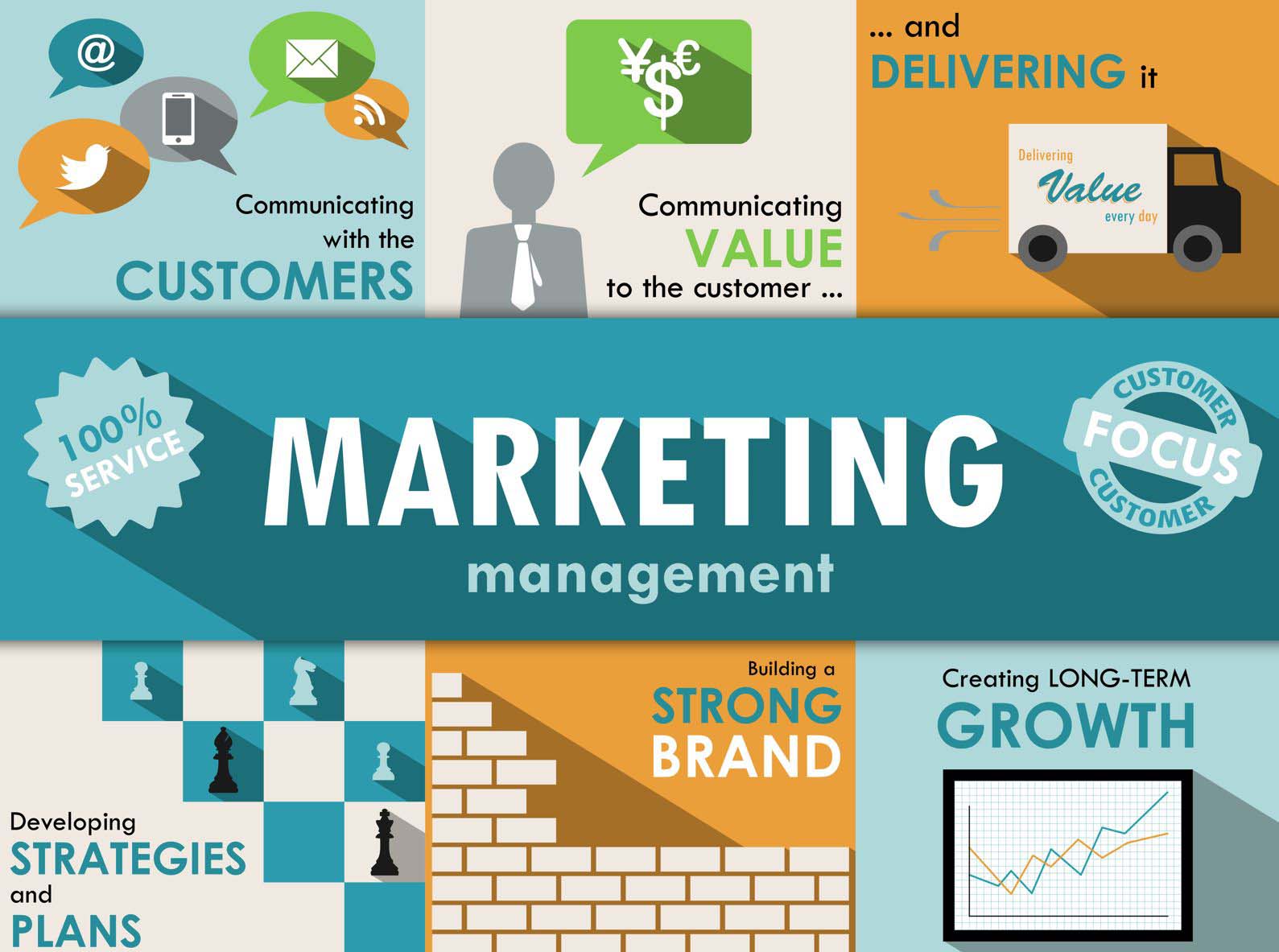Weighing your advertising options? Marketing for your business can be very expensive. Here are ten easy steps on how to advertise for your company.
Business owners and entrepreneurs often debate the best ways to advertise their small businesses. In today’s age, there are numerous advertising options, making it challenging to figure out how the best way to promote your business using a variety of methods.
There is a wide range of options for advertising. Businesses can pay for ads on internet search engines such as Google or Bing or choose to purchase banner ads for use on websites. Some companies send out an email drip on a regular schedule, while others buy ads on other companies’ lists. Paying for advertisements on social media sites like Twitter, Facebook or Instagram is quickly becoming a popular trend, and some savvy business owners just post on these sites for free in the hope that their posts gain some exposure.
Brad Nakase, Attorney
Advertising a Small Business: An Overview
Traditional advertising is also still a viable option, including taking out ads in local and national newspapers and magazines. Local television and radio can also still be used to your advantage as a small business as well, and word-of-mouth is never a bad way to drum up customers. Content marketing and presenting workshops can also create interest in a new business.
Small business owners have different experiences and different opinions regarding the ins and outs of advertising, depending on what has worked for them in the past. While an electrician might find that a site like HomeAdvisor brings in business, the software company’s marketing head may swear by placing ads on LinkedIn. Effective advertising can depend on the specific industry, but there are some major trends to be aware of; if you are overwhelmed by the idea of small business advertising and wondering where, when, and how to get the word out, we have you covered. Here are ten effective suggestions that should help you figure out what type of ads will work best for you.
1) Be Aware of Who Your Customers Are
It is impossible to decide where or how to create ads for your business without knowing who the people are that make up your customer base. If your business is very new and you do not have many customers yet, think about your projected customer base. You can also look at similar companies and see to whom they sell their products or services.
Creating a profile of who you think your customers might be is a good place to start. Many businesses advertise in illogical places or in the wrong manner for years and miss out on sizeable profits. If you can make a sketch of who your business will appeal to, including location, sex, employment, occupation, age, and other key characteristics, you will begin to understand how best to target the right demographic. Knowing where these people spend time, what they watch, what they read, and where they shop will have a dynamic influence on your advertising plans.
As you zero in on the nature of your customer base, make your search as specific as possible. Think about your customers’ problems, goals, and challenges. If you own a lawn care company, for example, what are people who own property in your area struggling with the most? Is it the weather, the pests, the lack of water, or something else? Paint as complete a picture as possible of your customers. Research can help here since facts are much more advantageous than your opinions or speculations. Check out trade magazines, ask family and friends, and try to ask in different circles, too.
What you are trying to avoid here is finding out that your target demographic has never heard of your business, even years after you established it. This happens to companies that do not do their research, are not creative, and do not realize how important focused advertising is. Knowing your customer may seem like a simple concept, but it is anything but that.
2) Take it One Step Further: Know What Your Customers Want and Expect
We discussed creating customer profiles to familiarize yourself with your client base, but let’s take it a step further. How do you think your would-be customers learn about products and services they are interested in? What motivates them to actually purchase things?
Interviewing customers is another helpful step in the research process and one of the most perceptive ways to gather information for your advertising plan. Here are some sample questions that you can tailor to fit your business.
- Does an ad in the mail ever make them buy something?
- Do they ever respond to solicitations on the phone?
- Do they find out about products/services on radio, television, or podcasts?
- Are there particular features products must have to make them purchasable?
- Do they mostly buy based on impulse or research?
- Do you enlist friends for product referrals?
- Do they read reviews (Amazon, for example) or watch Youtube for product reviews before buying?
- Do they get referrals from doctors, lawyers, business associates, or other professionals?
- Is a brand name important to them?
- Do coupons, sales, or discounts inspire them to buy?
- Do paid ads inspire them to buy?
- Are demos useful to see before buying?
- Where do they see the most ads, and are they effective?
- Is location important?
- Are they open to ordering online or more accustomed to brick-and-mortar stores?
- What was the last product or service they purchased, and was it a one-time thing, or will they return to the store? Why?
This may seem like a lot of research, but the answers to these questions will provide you with real-life examples of consumers that will inspire your advertising plan. Excellent, targeted advertising produces excellent profits, so keep working hard at coming up with a customer profile that you think works for your business.
3) Make Your Ads Goal-Oriented
All of the effective advertisements you see, from Superbowl commercials to banners on your favorite website, were carefully planned. Each ad usually has been decided on by a committee, road-tested, and accompanied by specific objectives.
Your business should do the same, even at the start of your advertising career. Begin by setting specific benchmarks for your company, and make a list of the methods you think will carry you toward those objectives. Be as specific as possible, too. Instead of writing down or telling your team to “Raise Sales,” choose a specific goal, such as “Sell 25 shirts per week” or “Sign-up 15 new email subscribers per month.”
Your goals should be realistic—you want to be able to meet them first, then you can raise the stakes. Remember, not everyone responds to certain ads, and even with your customer profile and the research you have done, you may have to change your strategy multiple times before finding something that works. Also, do not make promises you cannot keep. If you tally 50 orders for two weeks but only have the means to fulfill 25, that is a problem.
There is also nothing wrong with getting in touch with some of the other businesses in your field or location. Usually, entrepreneurs who are not in direct competition with you will share at least some of their knowledge and experience. Ask them how they place their ads, what media works for their products, and if their advertising plan has translated into sales. The worst thing that can happen is that they decide not to talk with you.
Internet forums and social media groups can also be helpful in this manner. Your business may be unique, but there are bound to be similar companies that have dealt with the successes and growing pains of a startup. Their opinions and experiences are excellent to learn from. You do not need to make the mistakes that your predecessors did; learn from them instead, and then go on to inspire others.
4) Select the Right Media Outlet(s) for Your Business
Especially in today’s world, finding the correct place to advertise your business is essential. The nature of your business will inform where and how you should advertise. You should also consider the size of your company and the target demographic. If you sell boutique t-shirts that feature popular musicians, using a platform such as Instagram may seem like a viable option. However, if you are getting the word out about a home cleaning service and hope to grow your popularity in a small New England town first, an ad in a local newspaper might do the trick. Again, finding comparable businesses and seeing how they have fared can be very helpful.
If you are worried about costs, remember that advertising costs are directly tied to the size of your audience. You will pay more, then, for more circulation. However, if your target ad is only seen by a small fraction of prospective customers, then you might be squandering your advertising budget, and we’d recommend revising your advertising plan.
Search out the media outlets that deliver a high concentration of customers who match the profiles you are seeking. If you are interested in buying ads on social media sites like Facebook, or search engines such as Google, make sure to read the fine print. Many of these sites actually provide you with instructions regarding targeting your audience. You can tailor your ad by age, location, sex, and even time frame. For example, you might find that the research says that people shop on Facebook more on Tuesdays than Mondays.
If you are advertising using banners or content on specific websites or using email to target subscribers of those websites, it is a good idea to ask about their audience demographics. You also might be provided with a media kit. This can help you to figure out what percentage of the site’s normal audience might actually be interested in what you are offering.
Media kits should also be offered when you purchase ads in broadcast media or print, and these outlets also might help with targeting options. For example, if you service customers only in Solana Beach, California, at this point, you do not want to waste money advertising across the entire Los Angeles area. As far as broadcast media, make sure to become familiar with the demographics of the show you will be working with and how the hour of the day may impact your interactions.
Spending your hard-earned money on the media outlets that can provide the largest, most concentrated amount of customers is key. The more you can zero in on your customer base, the more they will see your ads and hopefully be motivated to act. Again, you can go back to your customer profile at this point and match that up with the audience of your chosen outlet. It may not be perfect, but you will be getting close to the ideal advertising strategy.
Here is one thing to be aware of. Ads are usually sold on a CPM basis, meaning cost-per-thousand. Make sure to use real numbers when estimating the results you might get by placing your ad in one specific outlet. For example, the first estimate the response you expect, then make a record of the actual sales. The average rate for banner ads is approximately 1/3 of one percent. This means that if 300,000 people view your ad, 99 people will ideally click on it, and then only a small percentage of those people will actually contact your business or elect to make a purchase. This depends, of course, on whether or not your ad is effective.
In print media, the total circulation is not a factor. Prospective customers must first turn to the page your ad is on and then take action based on it. This ease of use is one of the reasons that web-based ads are so popular these days.
5) Advertise Among Your Fiercest Competitors
Do not shy away from competition since being among your competitors can help you and your business learn and grow. For example, if much of your competition continues to advertise in a specific media outlet, then they probably are having some success. Why try to reinvent the wheel? Simply place your ads in the same outlet. Now, you can also be trying other outlets at the time, and you will want to make sure there are no fundamental differences in what you are offering, but this is generally a sound strategy. Why?
Joining your competition in this way takes some of the guesswork out of the process, at least to start. You will also be giving your customers—and theirs—an alternative product that they might prefer. Who knows, maybe your adversary will even become a friend, and you will combine forces and go into business together in the future.
6) Figure Out Your Ad’s Purpose
Clearly, the overriding purpose of your ad is to sell the company’s products and services. But let’s get more specific. What are you truly focused on selling, and is your ad serving that purpose? For example, an effective ad might increase orders or provide customers with valuable information. It might inspire new visits to your brick-and-mortar store, or maybe you are hoping to just get your new business name out there at this point for a little brand recognition.
The point here is that knowing what the purpose of your ad is, in the first place, will not only help you advertise in the right place. It will also help you more effectively target your customers. Before you sign off on placing your ads, talk to those around you and come up with a consensus regarding the purpose of your media. It won’t hurt, either, to plan out the next few advertisements, especially if they are meant to work cohesively. However, since you are not sure how the media campaign will go yet, remember to stay flexible and open to change.
7) Think Like Your Prospective Customers, Not Yourself
Although it can be tempting, and you have no doubt seen it everywhere, we recommend eliminating phrases like “Our Company is Very Proud to Announce….”
Why? Most prospective consumers are invested in themselves, not you. It may sound harsh, but they do not really care what makes you happy and proud, at least not yet. Their interests are insular. They want you to help them feel better, fulfill a need, or solve a problem they want relief from. When people spend money on your goods, they are doing so with the belief that whatever you are selling will make their lives better. Therefore, focus on what your customers themselves would want to see not only in your ads but in your overall strategy and products themselves. It doesn’t hurt to also turn it around and ask yourself what goes through your mind when you are buying something new.
8) Begin Small, Then Go Big When You Are Ready—and Can Afford It
Although it can be tempting, spending all of the money you have budgeted for advertising one grand campaign is illogical. Without knowing which ads work and what media outlets work for your business, it doesn’t make sense to simply charge forward.
Instead, begin with smaller campaigns that you can afford, testing your ads and media choices. Keep a record of your results, and after a few of these smaller ad campaigns, it will be much clearer where to focus your time and money. At this point, you may want to switch things up. For example, an ad that isn’t gaining traction on the radio might be reconfigured to work online. Or, a print ad might be gaining steam, so maybe you make it larger or change the headline to include a keyword that has been proven to work in a different format. At this point, you are gaining knowledge through experience, and you need to spend wisely to do that.
9) Have a Flexible Strategy
Expert ad wizards know that advertising is, above all things, a process. Rather than thinking that the one ad you place on Facebook will be enough to propel your company to the next level, take it one step at a time. Advertising is certainly an important aspect of your business, but above all, it is a strategy that takes time, hard work, and flexibility. Test your ads out, see what works and what does not, adjust, measure, and test again. This process will yield results if you are constantly aware of not only your strengths but your weaknesses.
Remember, also, to return to the idea of thinking as if you were the customer. Just because you think your headline is humorous and eyecatching does not mean they will. But perhaps the buy one, get one free campaign that you didn’t think would work has proven to be enticing. One never knows until they try, but remember to test your ads, figure out what works, and be open to recalibrating.
10) Have Fun and Show Your Personality to Customers
Every entrepreneur has a distinct personality. Sometimes, that personality shines through into the business itself, and this is generally a good thing. Anything that can set your brand apart can help set your ads apart. If, as a business owner, you value humor, for example, do not be afraid to use humor in your ads and see if it works.
Honesty is another virtue that shines through your advertising. If you come off as the person who is just trying to make a quick buck, your customers will see through that. But if you appear to be someone who cares not only about your business but about your customers, who believe in their products, services, and brand, then you may be onto something.







